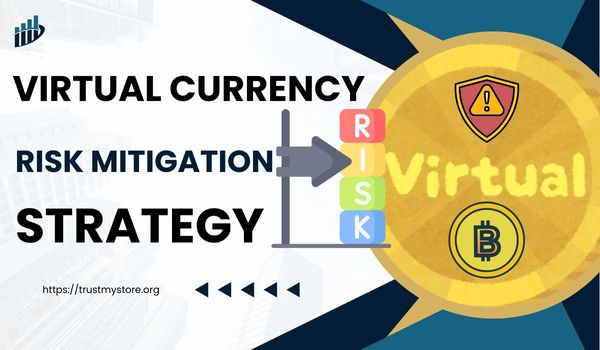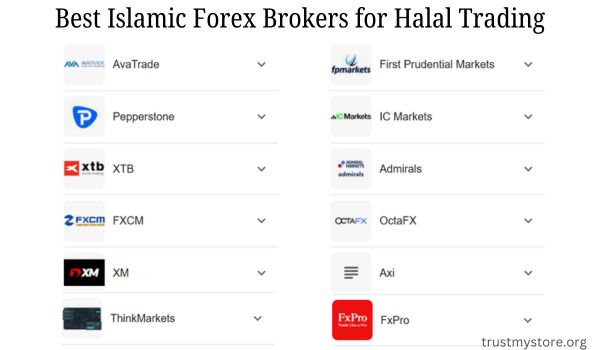Top Virtual Currency Risk Mitigation Strategies for Safety

Virtual Currency Risk Mitigation Strategy: With modern times comes a whole new digital scene and virtual currency, with currencies like Bitcoin, Ethereum, and other cryptocurrencies representing landmarks for global finance. But with that convenience comes rightful concern: these services pose unprecedented security and financial independence risks.
Whether it is the case of cyber attacks or market volatility, virtual currencies invoke a more significant concern on the part of threat prevention against these risks and hazards, which must be well-strategized. With this complete solution for making virtual currency less risky, we will demystify this complex area of risk mitigation strategy that all businesses and individuals need to manage.
What Is Virtual Currency Risk Mitigation at All?
The act to mitigate the risks of virtual currency includes financial, operational, and technology risks associated with cryptocurrency. This includes portfolio diversification, cold storage, regulatory compliance, and risk management.
Discover the Best Websites to Learn about Cryptocurrency
Mitigation efforts are paramount to ensure the assets look safe from hacking, fraud, and wild price swings while building trust in digital financial systems.
What Does a Risk Mitigation Plan Look Like?
Defending Cyber Attacks
Although blockchain is a powerful technology, it can be attacked, and cryptocurrencies depend on it. Exchanges, wallets, and transactions are hacked with all the loopholes.
Managing Market Volatility
The notoriously large price swings in virtual currencies Risks can dry the value of assets fast without a risk strategy.
Regulatory Compliance
Governments across the globe are enacting more onerous regulations concerning illicit activities in the crypto space. All businesses must ensure that they comply with it to avoid legal consequences.
Building Investor Confidence
An effective risk management strategy gives stakeholders confidence, leading to greater virtual currency adoption.
5 Common Risks in Virtual Currency
Market Volatility
Its prices move with volatility within hours, and investors are afraid of losing their money.
Cybersecurity Breaches
02:45 Cybercriminals love exchanges and wallets. When assets have been stolen, recovery is exceedingly rare.
Fraud and Scams
The crypto space is full of scams, from fake ICOs to phishing schemes.
Lack of Regulation
Cryptocurrencies are in the grey area from a compliance perspective due to their decentralized nature, and, as such, this adds a layer of risk.
Technological Failures
A transaction error or loss of funds due to mistakes with blockchain networks or wallet software can occur.
Ways of Effectively Managing Risk in Virtual Currency
Practice investment across different currencies
Consider buying several currencies instead of buying one currency. With diversification, the impact of volatility on the total investment is minimized.
Stick with reputable exchanges.
When trading, look for exchanges with a history of being hacked and stolen funds. Look out for things like two-factor authentication and theft insurance.
Keep these assets in cold wallets.
Cold wallets are offline storage devices that are more secure than hot wallets because they’re completely immune from hacking attacks.
Watch your jurisdictions
Comply with laws related to cryptocurrencies in jurisdictions you are active in to avoid any penalties.
Use wallets that require several signatures to approve
Some people can authorize a transaction in a multi-signature wallet before it goes through, making it more secure.
Legal Issues Concerning the Use of Virtual Currencies
International Standards
As with cryptocurrencies, international organizations such as the Financial Action Task Force (FATF) also advise on the implementation of AML (anti-money laundering) and CFT (combating the financing of terrorism).
National Regulatory Frameworks
In the US and Japan, laws have been passed that require exchanges to register and enforce strict security requirements.
Capital Gain Tax
Tax on capital gain is a common feature whenever cryptocurrency is used as a medium of exchange. Paying taxes is also one of the strategies that can be used to mitigate risk.
Tools and Technologies for Reducing the Risks of Virtual Currencies
1. Blockchain Analytics Tools: These tools assist in identifying, preventing, and investigating illegal activities.
2. Hardware wallets: Devices like Ledger and Trezor provide offline storage options.
3. Smart Contracts: Transactions are made easier using automated processes while reducing human error.
4. Risk Management Software: It is offered by such platforms specializing in this field to monitor, evaluate, and control cryptocurrency risks.
Dealing With Stakeholders And Educating Them On Risk Exposure
1. Training Programs: Workshops and training should be carried out to create awareness among investors and employees on the risks associated with cryptocurrencies, as well as how to maneuver the risks.
2. Knowledge Resources: Distribute articles, white papers, and videos to the stakeholders to keep them up to date with emerging issues to be implemented.
3. Community Forums: Encourage forums where professionals seek discussions on new risks and interventions.
Generative AI Chatbots for Smarter, Faster Support
Building a Resilient Virtual Currency Ecosystem
Therefore, a clear and concise strategy for risk mitigation does not only benefit individual investors. Instead, such strategies can help the cryptocurrency ecosystem as a whole. It improves confidence amongst users, brings about new ideas by ensuring that daunting tasks are handled ahead of time, and ensures that the system is self-sustaining.
Conclusion
There’s no room for debate anymore; developing a virtual currency risk mitigation strategy is no longer merely a choice; it has now become a requirement. By employing solid approaches such as portfolio diversification, use of safe storage options, and adhering to regulations, it is possible to protect one’s investments and enhance the safety of the cryptocurrency space. The important thing is keeping yourself up to date on the news, as well as learning how to identify and manage risks.



